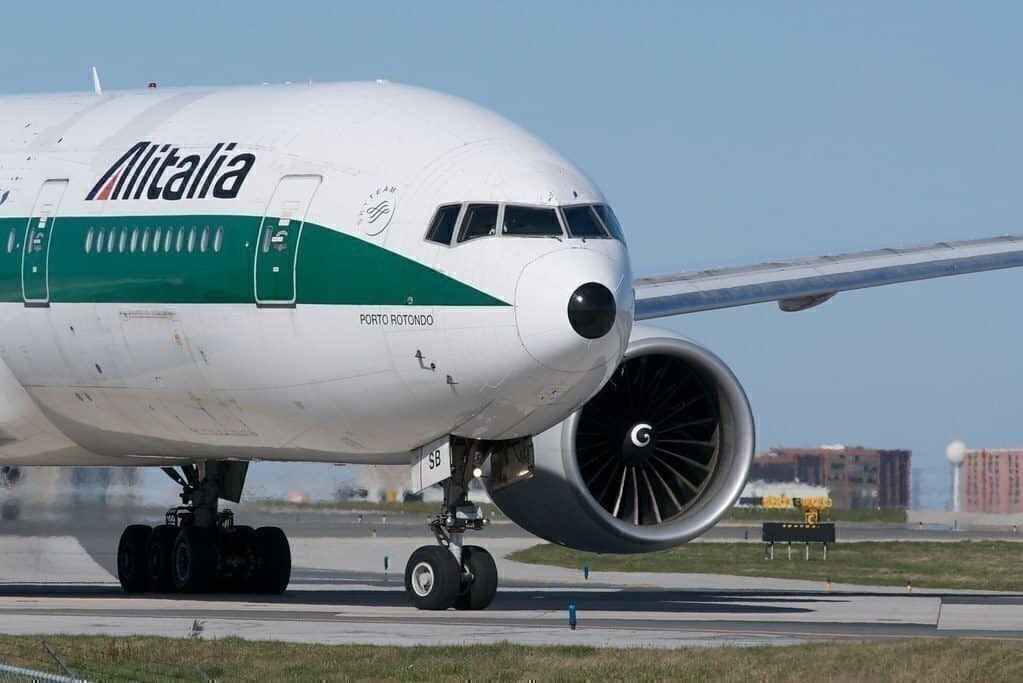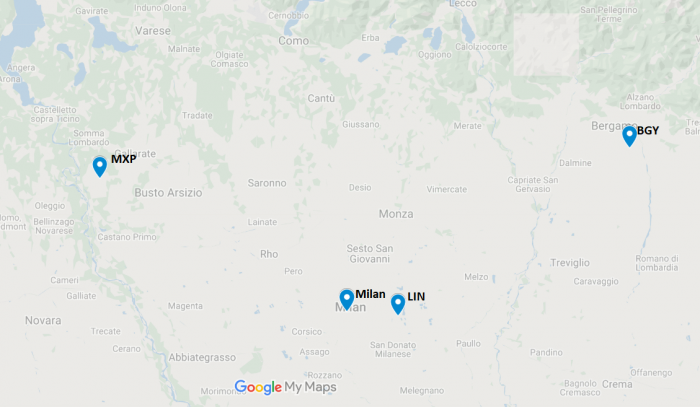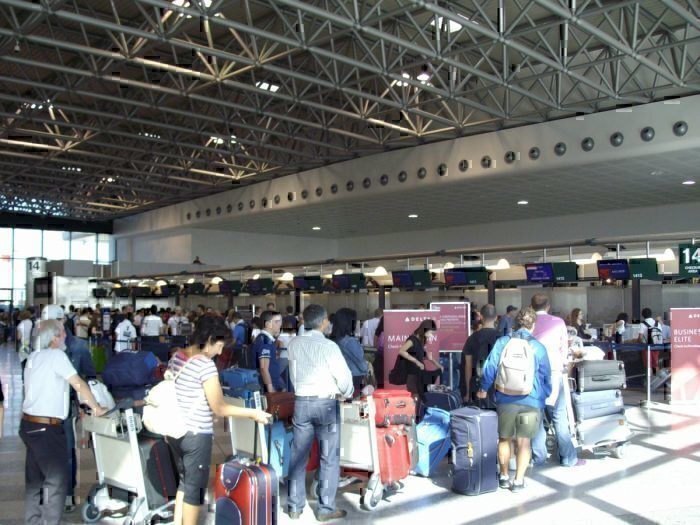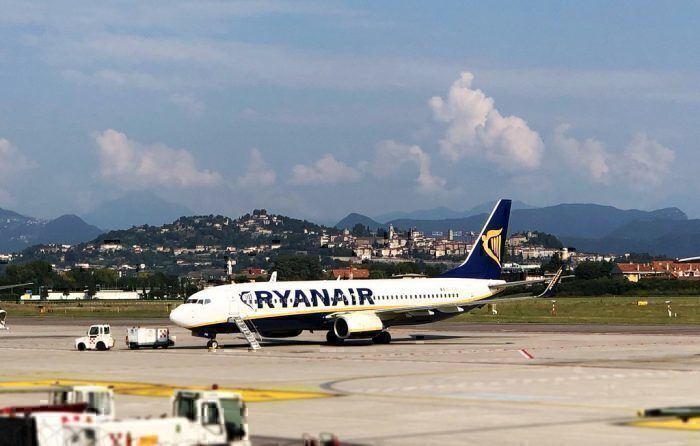Milan Linate is due to close at the end of this month for refurbishment works. The closure, scheduled to run from July 27th to October 27th, will see approximately 2.5m passengers and 30,000 flights diverted elsewhere. Flights will, for the summer season, land at either Milan Malpensa (MXP) or at Milan Bergamo (BGY), both of which are considerably further from the city center.
Later this month, Milan Linate Airport will temporarily close. The closure is scheduled to begin July 27th, and continue through to October 27th, 2019. The closure is to allow for much-needed runway maintenance work.
The airport is managed by SEA Group, who also manage the airport at Malpensa (MXP). As well as repairs to the runway, during the closure the airport’s façade will be redesigned and various areas will be renewed, including baggage claim and the arrivals hall.
The closure will affect flights on dominant carriers at the airport, which include Alitalia and easyJet, as well as legacy carriers including Iberia, KLM, British Airways and Lufthansa.
A popular airport
The city of Milan has two airports – Linate and Malpensa. While Malpensa is the larger of the two, serving the majority of long haul flights, Linate holds a special place for travelers, particularly business visitors to the city. Its location, just four miles from the city center, makes it a far more visitor friendly airport to fly into than Malpensa, which is 25 miles to the north west.
In terms of passengers, the first half of the year saw 4.3m passengers using Linate. Its proximity to the city center makes it quick and cheap to transfer from the airport, with local bus services costing just €1.50 ($1.69) including onward transportation in the city.
Over the course of the closure, Air Transport World estimates that as many as 30,000 flights will be transferred to other airports. This will be primarily to Milan Malpensa but also to Bergamo Orio (BGY). It’s thought that the diversions will affect approximately 2.5m passengers.
How will this affect the other airports?
In Italy, it’s relatively common for airports to close entirely in order for work to be carried out. However, this will be the first time a major airport has been closed for such a long time, and over the summer season too.
Malpensa
Most flights will be rerouted to Milan Malpensa, which is the second busiest airport in Italy after Rome Fiumicino. However, the airport is already under pressure in terms of capacity, and the addition of the displaced flights from Linate are likely to increase passenger traffic by 45%.
Malpensa is going to be the first choice for flight diversions during the closure, as it’s far better equipped to deal with widebody flights, and has full-service facilities such as lounges for premium passenger’s use. While arrangements are already in place to ensure enough space on the apron for additional aircraft (converting a taxiway for additional space), passenger side facilities such as security and check in are likely to become crowded and time-consuming to navigate.
However, the airport is taking steps to get ready for the onslaught, investing a reported $20m to adapt the infrastructure and operating systems. According to the airport, Schengen gates, check-in areas and baggage sorting have all been adapted to accommodate the additional traffic. It is hoped that, once flights return to Linate, the residual capacity at Malpensa will allow the airport to grow operations in the future.
Bergamo
Bergamo Airport, officially Orio al Serio, is the third busiest airport in Italy, serving 12.8m passengers last year. It’s a big hub for low-cost carriers, with Ryanair hosting a base there and serving more than 70 destinations from the airport. Other carriers operating from there year round include Wizz and Pegasus, but the capacity really ramps up over the summer.
Seasonally, carriers such as AlbaStar, Neos and Volotea add services to a number of holiday destinations, increasing passenger traffic through the airport. In 2018, according to the airport, the average for July to September was 1.2m passengers per month, compared to just less than 900,000 in February.
Adding further passengers to this crowd over the busy period will likely cause some delays in terms of getting through security. There may also be congestion on the runway, which could lead to delays. However, as the airport is specifically set up for low-cost operations, it’s unlikely any of the full service carriers will want to land here.
Overall
The closure of Linate could really have been scheduled better. Taking a major airport offline over the busiest period of the year is never a wise move, and despite investments, we struggle to see how Malpensa and Bergamo will cope with the significant increase in passenger and aircraft traffic.
If you’re traveling to or from Milan this year, we recommend you leave plenty of time for check-in, security, immigration and other airport activities, as both airports are likely to be under pressure from the closure of Linate.
Are you flying to Milan this summer? Let us know in the comments. And if you want more stories like this delivered directly to your phone, why not download our app for instant notifications.




